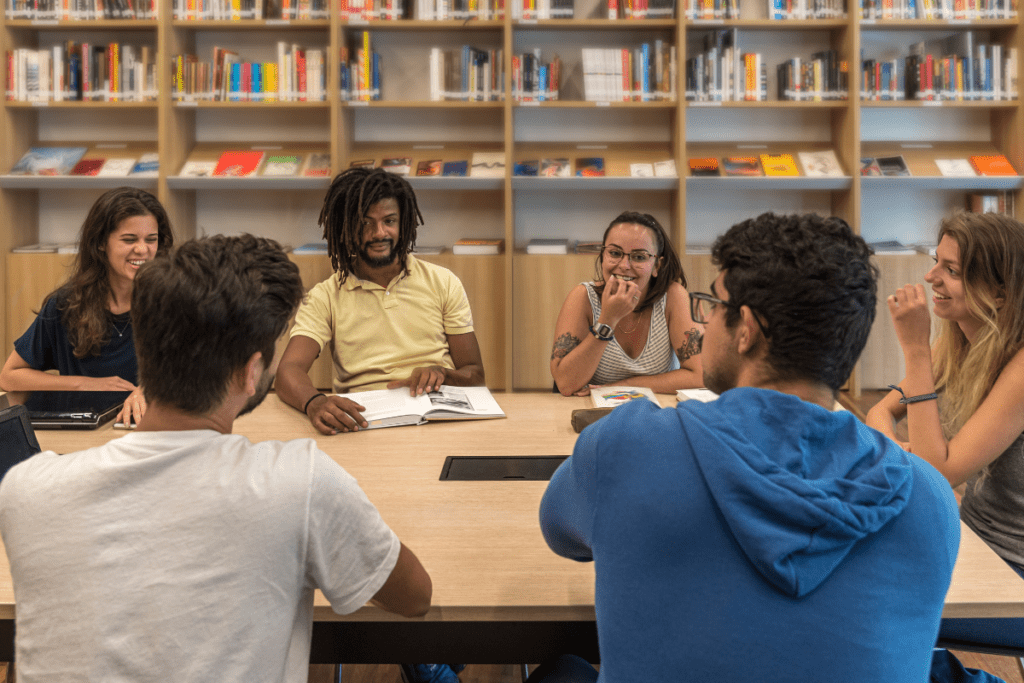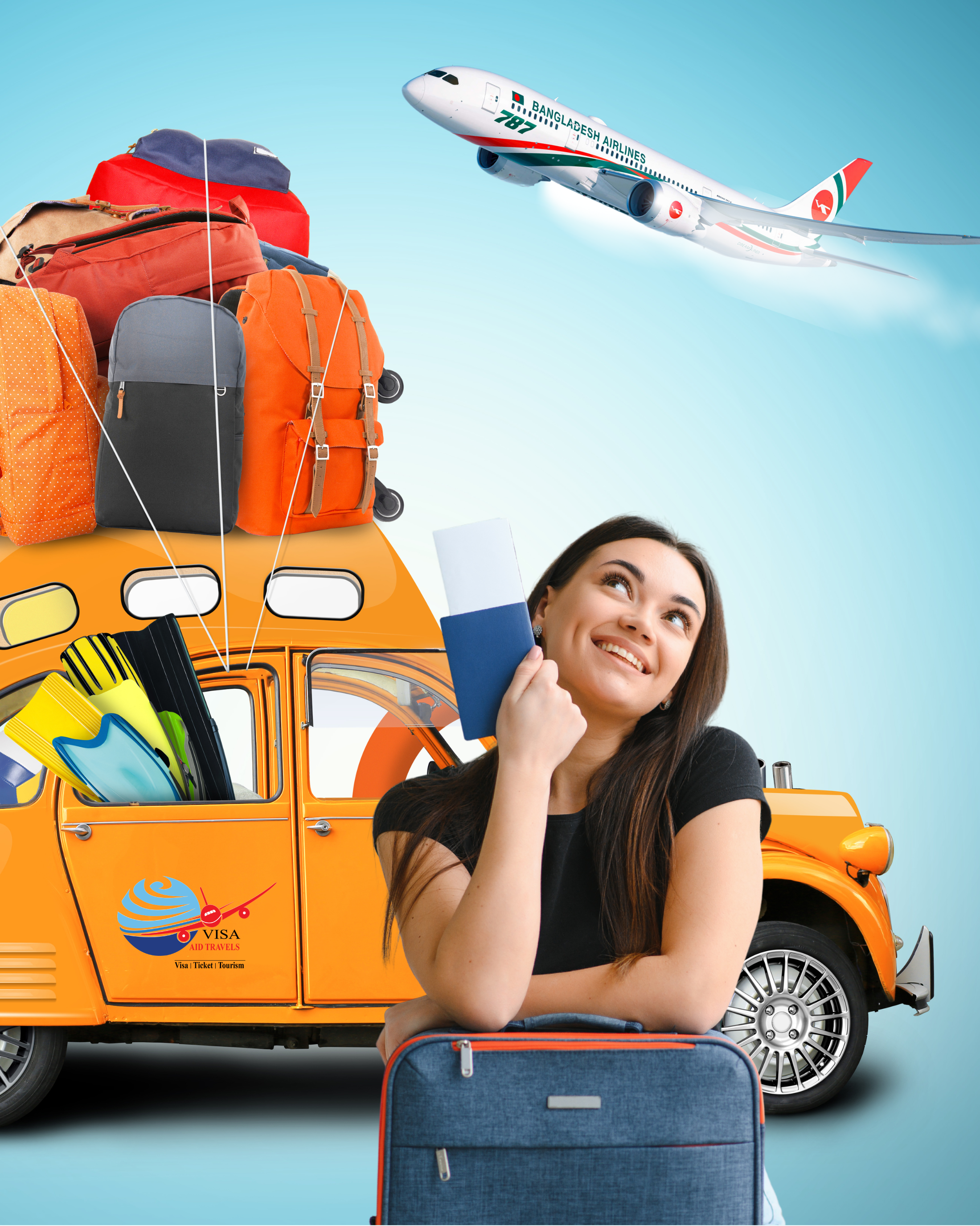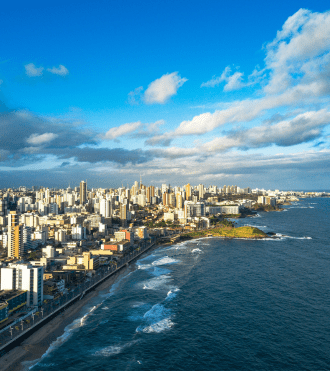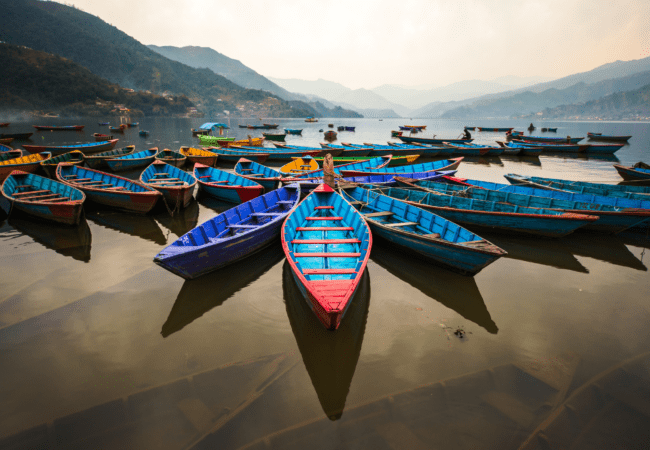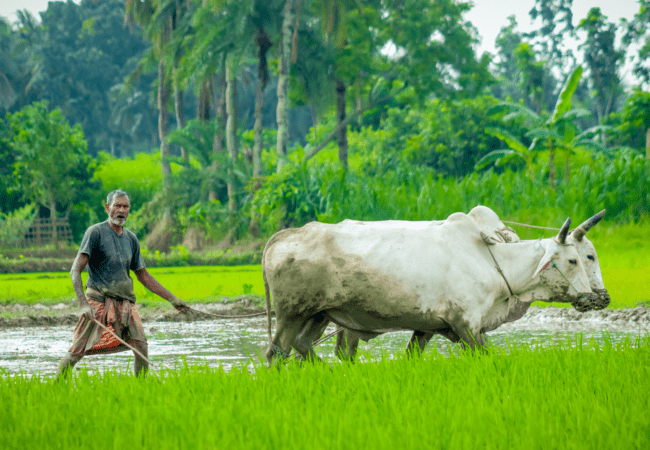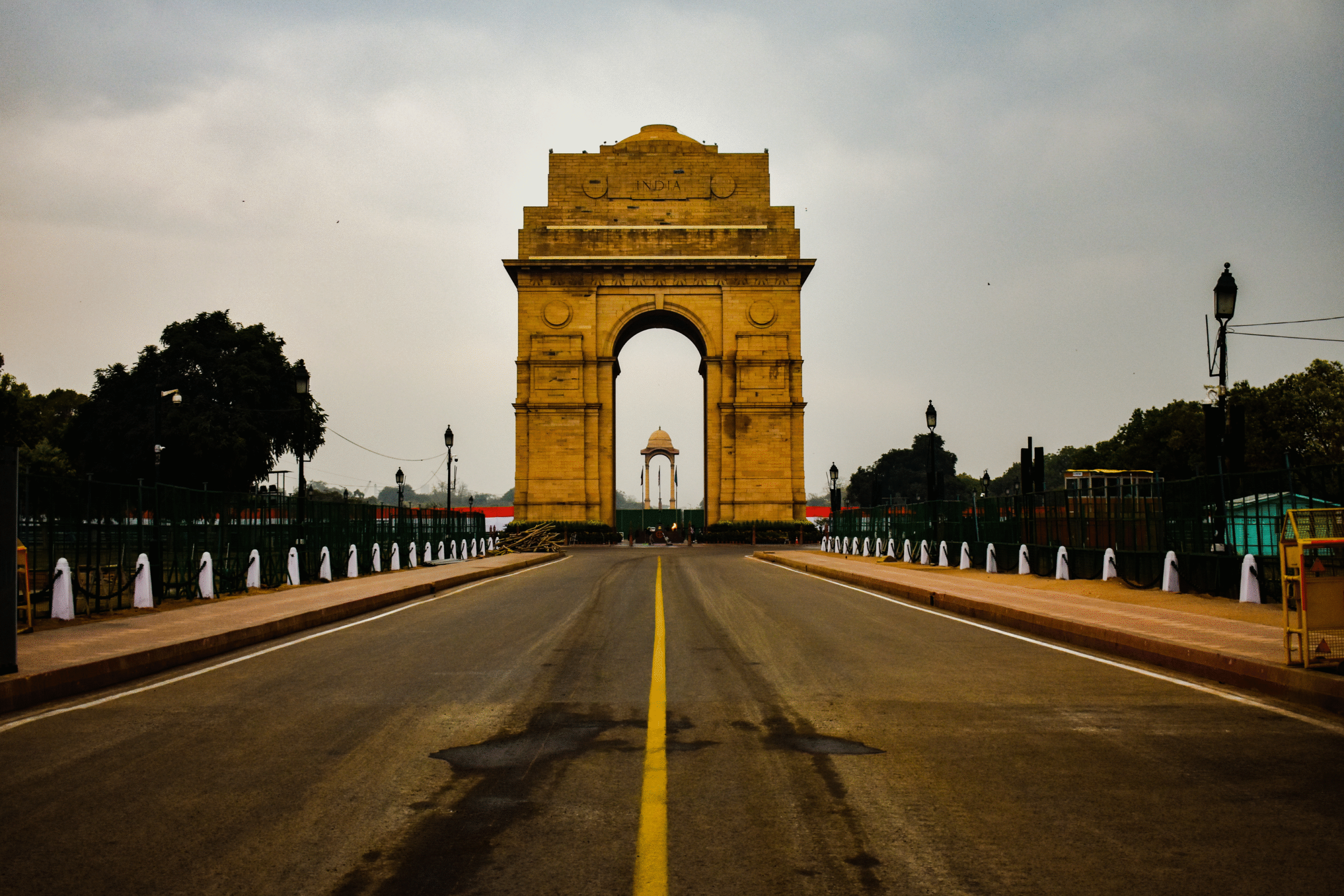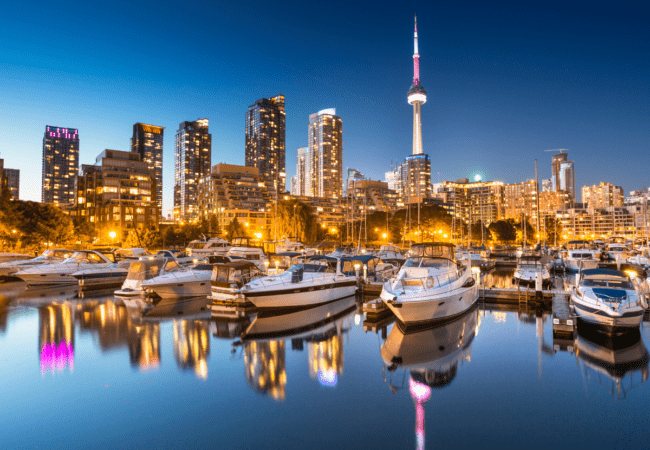
Welcome To Brazil
Brazil is a vibrant and exciting destination, full of rich culture, stunning landscapes, and endless adventures. Whether you are exploring bustling cities, relaxing on beautiful beaches, or immersing yourself in nature, Brazil offers something for every type of traveler.
Education System in Brazil
Brazil has a federal system of education, with responsibilities shared among the federal government, states, and municipalities. The system includes early childhood, basic education, secondary, and higher education.
🔹 1. Levels of Education in Brazil
✅ 1. Educação Infantil (Early Childhood Education)
- Ages: 0–5
- Creche (Daycare): 0–3 years (optional)
- Pré-escola (Preschool): 4–5 years (compulsory)
- Focuses on development, social skills, and preparation for school
✅ 2. Ensino Fundamental (Primary Education)
- Ages: 6–14
- Duration: 9 years (compulsory)
- Divided into two stages:
- Anos Iniciais (Early years): Grades 1–5
- Anos Finais (Final years): Grades 6–9
- Subjects: Portuguese, Mathematics, Sciences, History, Geography, Arts, Physical Education
✅ 3. Ensino Médio (Secondary Education)
- Ages: 15–17
- Duration: 3 years (Grades 10–12)
- Compulsory since 2009
- Prepares for:
- Higher education (via ENEM exam)
- Job market
- New curriculum reform (BNCC) encourages specialization tracks
🔹 2. Higher Education (Ensino Superior)
🎓 University Education
- Institutions: Public universities (free) and private universities (tuition-based)
- Undergraduate degrees:
- Licenciatura (teaching degree) – 3–4 years
- Bacharelado (bachelor’s degree) – 4–6 years
- Tecnólogo (technical degree) – 2–3 years
- Postgraduate degrees:
- Stricto Sensu: Master’s (Mestrado), Doctorate (Doutorado)
- Lato Sensu: Specialization courses (e.g., MBA)
🔹 3. Key Features
- Education is compulsory from ages 4 to 17
- Public education is free at all levels, including university
- Huge public-private divide: Public schools often underfunded; private schools more resourceful
- Major efforts to improve literacy and access in rural and poorer regions
🔹 4. Important Exams
- ENEM (Exame Nacional do Ensino Médio): Key national exam for university entrance
- Vestibular: Traditional university entrance exam (used by many public universities)
🔹 5. Languages
- Instruction language: Portuguese
- English and Spanish may be offered in secondary school
🔹 6. Challenges in Brazilian Education
- Regional inequality: Urban vs. rural education access
- School dropouts: Especially at the secondary level
- Infrastructure issues in many public schools
- Teacher pay and training: Often underfunded or lacking incentives
🔹 7. Reforms and Improvements
- BNCC (Base Nacional Comum Curricular): National curriculum standard
- Investments in technology and teacher training
- Expansion of PROUNI (scholarships for private universities)
- Efforts to integrate vocational training in high school
🏫 Education Administration in Brazil
- Managed by:
- Ministério da Educação (MEC) – Ministry of Education
- State and Municipal Secretariats of Education
- Public schools are free, and private schools charge tuition
Summary Table
| Level | Age | Duration | Compulsory? |
|---|---|---|---|
| Educação Infantil | 0–5 | Up to 5 years | Partially (4–5 yrs compulsory) |
| Ensino Fundamental | 6–14 | 9 years | ✅ Yes |
| Ensino Médio | 15–17 | 3 years | ✅ Yes |
| Ensino Superior | 18+ | 2–6+ years | ❌ No |






🌆 Major Cities & Attractions
- Rio de Janeiro – Famous for the iconic Christ the Redeemer statue, Copacabana Beach, and the lively Carnival. Enjoy the breathtaking views from Sugarloaf Mountain and explore the vibrant nightlife.
- São Paulo – Brazil’s largest city, known for its diverse culture, delicious food scene, and impressive architecture.
- Brasília – The capital, known for its futuristic architecture, designed by Oscar Niemeyer.
- Salvador – A city rich in Afro-Brazilian culture with vibrant music, delicious food, and historic sites like Pelourinho.
- Florianópolis – A beautiful island destination with great beaches, perfect for surfing and outdoor adventures.
🌿 Natural Wonders & Adventure Spots
- Amazon Rainforest – The world’s largest tropical rainforest, teeming with wildlife, unique plant species, and the mighty Amazon River. Take a boat tour or hike through this incredible ecosystem.
- Iguazu Falls – One of the largest and most impressive waterfall systems in the world, located on the border between Brazil and Argentina.
- Pantanal – The world’s largest tropical wetland, a paradise for wildlife lovers, home to jaguars, capybaras, and hundreds of bird species.
- Chapada Diamantina – A stunning national park with caves, waterfalls, and dramatic landscapes, perfect for hiking and nature lovers.
- Lencois Maranhenses National Park – Known for its mesmerizing white sand dunes and crystal-clear lagoons, this desert-like landscape is a must-see.
🎉 Culture & Festivals
- Carnival – Brazil’s most famous festival, celebrated with samba parades, street parties, and colorful costumes, especially in Rio de Janeiro and Salvador.
- Festa Junina – Traditional celebrations held in June, especially in the Northeast, filled with dancing, food, and lively music.
- Forró & Samba – Dance your heart out to Brazil’s most famous music genres. Join a local dance class or catch a live performance.
🌞 Best Time to Visit
- Summer (Dec – Mar) – Perfect for beach trips, Carnival, and outdoor activities. Be prepared for warm weather and occasional rain showers.
- Autumn (Apr – Jun) – A great time for exploring cities and enjoying nature with less rain and pleasant temperatures.
- Winter (Jun – Aug) – Ideal for exploring the Amazon and Pantanal with cooler, drier weather.
- Spring (Sep – Nov) – Great for hiking and enjoying the natural beauty of Brazil’s national parks.
🍽️ Food & Drinks
- Feijoada – A hearty black bean stew with pork, sausage, and beef, served with rice and farofa.
- Acarajé – Fried dough balls filled with shrimp, a popular snack in Salvador.
- Churrasco – Brazilian barbecue, featuring various cuts of meat, often served with rice, beans, and salad.
- Caipirinha – Brazil’s national cocktail, made with cachaça, lime, and sugar.
- Pão de Queijo – Chewy cheese bread that’s perfect for breakfast or a snack.
🚗 Travel Tips
✅ Language – Portuguese is the official language. Learning a few basic phrases can be very helpful.
✅ Safety – While Brazil is generally safe, it’s important to stay aware of your surroundings, especially in large cities.
✅ Weather – Brazil has a tropical climate, so pack light, breathable clothes and stay hydrated.
✅ Tipping – Tipping is common but not mandatory; rounding up the bill or leaving 10% is appreciated in restaurants.
✅ Transportation – Use taxis or ride-hailing apps like Uber for safer and more reliable transportation in major cities.
Brazil is a land of incredible contrasts, from lush jungles to vibrant cities, golden beaches to cultural landmarks. No matter where you go, you’ll experience the warmth and hospitality of the Brazilian people.
